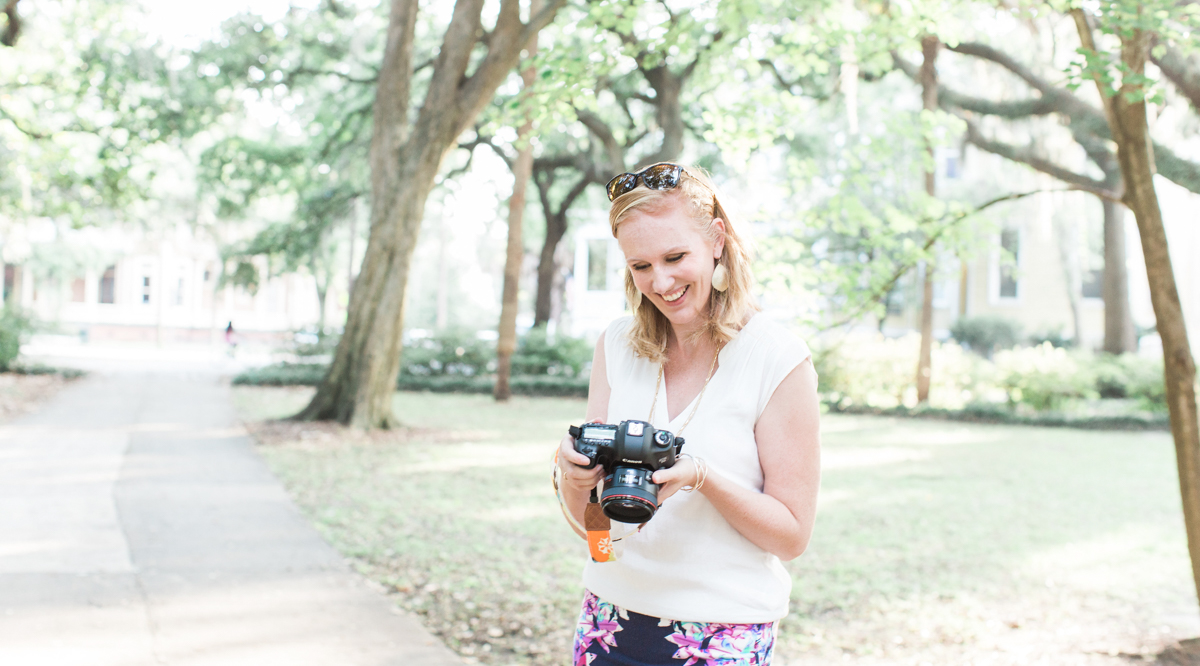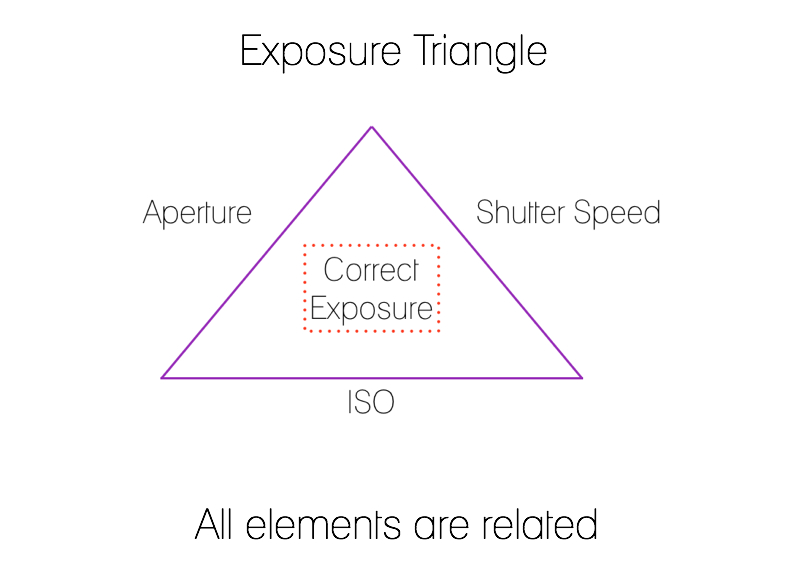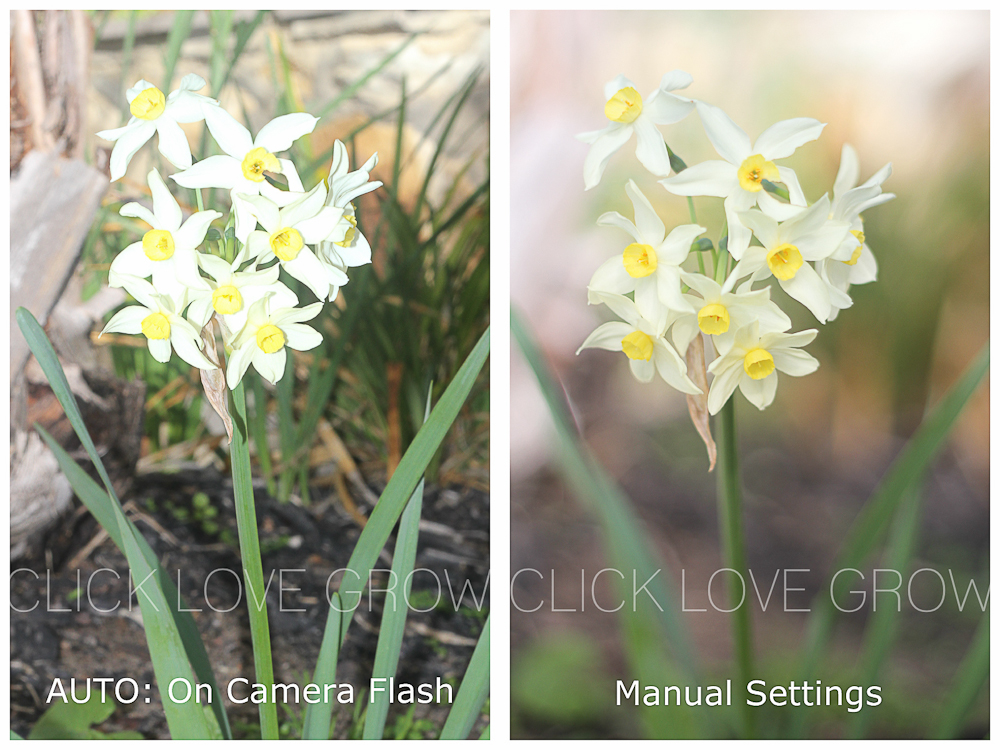Explaining AV & TV Setting Modes On Your Camera
Have you taken a look at your camera’s dial lately? There are so many options you’d be forgiven for switching it to Auto or even reaching for your camera phone at times because it just feels a little too overwhelming! Our blog post today will help tackle the AV and TV dial codes, explain what they stand for, and what is the best way to use them!
Let’s Start With The Exposure Triangle…
If you haven’t heard this term before, you’re in for a treat! This is the best way forward to understand how to use your AV and TV settings to get the shots that you like…and it all comes down to this:
You can control how light enters the camera’s sensor in three ways: aperture, shutter speed, and ISO. This is commonly referred to as the Exposure Triangle.
Read More: Shooting in Manual Mode: The Exposure Triangle Explained
Each element affects the image in different ways, and all three work together to find a balance that achieves perfect exposure.
The dials on our camera let us select all or some of these, to achieve ‘correct exposure’.
If one setting is changed… there’ll be more or less light, and so another setting needs to compensate to get it back to a balance.
Auto, Manual, AV & TV Camera Modes In a Nutshell
Auto
Auto is the point and shoot setting. The camera’s meter reads the light, chooses the aperture, shutter speed and ISO for you, and assuming conditions are just right, attempts to achieve a good exposure.
Manual (M)
You control and select all the camera settings to create your own perfect exposure based on the light and conditions as you see them!
Semi-Auto (AV, TV)
You set one of the elements you want to control, and the camera decides on the rest, based on its reading of the light…
What Are AV & TV?
AV and TV sit somewhere in the middle between Manual and Auto.
They’re generally known as partial Manual modes. AV mode stands for Aperture Value, and TV stands for Timer Value. AV controls your aperture, and TV controls your shutter speed.
When To Choose The AV Mode
You start by deciding what aperture value to shoot with, then the camera will choose a shutter speed and ISO to go with your chosen aperture value to achieve correct exposure.
The camera will continuously adjust those two settings to compensate as the light changes, or as you or your subject move around. AV allows us to select the aperture that best suits our desired shot.
When To Choose The TV Camera Mode
You must decide what shutter speed you wish to shoot with, then the camera will choose an aperture and ISO to go with your chosen shutter speed to achieve correct exposure.
Just as with AV, the camera adjusts the other two settings as required. TV is a great mode if you’re shooting sports or action and want to ensure a high shutter speed…or if you’re capturing blur or motion and want to keep your shutter speed nice and low.
When Should You Use AV or TV Modes?
Sometimes art is not the aim of the day (gasp! I know, right?). Sometimes we just want to capture the moments for memory’s sake, such as our kid’s 7th birthday party or their debut at football.
We don’t have the time, or perhaps the confidence, to move through the settings in Manual mode with speed, but we also don’t want to leave it up to full Auto, which we know is way too hit and miss.
By choosing AV or TV mode, we can dictate the most important setting for the situation.
For example, when shooting a race or sports in general, shutter speed is important to freeze that motion, so we would want to control that element ourselves and, therefore, choose TV mode. Then we can rely on the camera to monitor and adjust the aperture and ISO. In this case, we can just point and shoot, but with a little more control than full Auto.
Likewise, there may be a situation where you want the effect of a specific aperture setting, and the shutter speed and ISO isn’t as important. Here, you would choose AV mode, and rely on the camera to adjust shutter speed and ISO.
So Why Would You Use Manual Mode?
So right about now, you’re probably thinking “why would I bother with Manual mode if I can get better exposure in AV or TV?”.
Well, glad you asked!
Whenever your camera’s sensor detects even the most subtle change of light, it assumes it needs to adjust its settings to compensate. Additionally, the sensor will be tricked by things like large expanses of highlights (think bright white sky) or shadows (such as a dense area of foliage or a person wearing all black). In those situations, the camera will also adjust its settings.
The result? A series of images with inconsistent exposures, and literally hours in post-processing trying to match them all up.
So, while AV and TV modes are handy when you want good but not perfect or consistent exposure, when you’re creating art or simply want full control of your images, Manual is the only way to go!
Here’s one of my favourite examples of why controlling your own settings will open up a whole new world of photography vs. what your camera’s Auto wants to create…hello, pop up flash!
Join my new workshop and learn How to Shoot Pro-Quality Photos With Your DSLR… and it’s totally FREE to join! Register here…
Save

Leave a Reply Cancel reply
PRIVACY POLICY & SITE TERMS AND CONDITONS
CLICK LOVE GROW ™ Pty Ltd - COPYRIGHT 2024 ©
x
Join Now
Enter your info below to join the challenge!
Want a friendly reminder when I go live?
Pop in your number and I’ll shoot you a text.
* We will send text reminders for our live calls during the challenge! Reply ‘STOP’ to end or ‘HELP’ for help.
We promise not to ever share your details with anyone or send you spam! Check our privacy policy and terms of service.


This explanation has been so straightforward and in easy to understand language, not too technical. I’m finally getting the picture (pardon the pun)